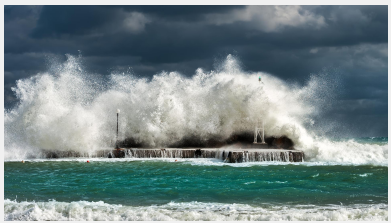Losing traffic to ports on the east and Gulf coasts, America’s premier ocean gateway, the ports making up the Los Angeles/Long Beach complex seem to be charting different courses.
LA retained its crown as the busiest container port in the US, but LB has slipped from its customary second ranking to third, behind New York/New Jersey, despite clocking up its second-highest volume on record.
There is much speculation over how much of the lost traffic will return once west coast terminal operators and labour have come to an agreement in their lengthy contract talks, but while getting back volumes appears to be top priority in LA, LB’s operators seem less anxious to claw it back.
In his state of the port address, LB executive director Mario Cordero appeared to be more interested in a different issue: reducing the port’s CO2 footprint and targeting the nascent offshore wind generation business. The port is planning to create a 400-acre wind turbine manufacturing facility on newly built land, which would be the largest in the US. After assembly, towers would be towed out to wind farms about 20 miles off the coast of California.
This industrial action has occurred as tensions in the port between unions and terminal operators have increased. Both parties have failed to re-negotiate a long term labour contract that would cover all West Coast ports after the existing agreement expired in June.
OICT is the busiest marine terminal at the port of Oakland, handling around 70 percent of its container volume.
The latest disruption at Oakland comes just two weeks after three of the ports four terminal were shut down for a morning shift after ILWU marine clerks picketed over a travel pay dispute.
